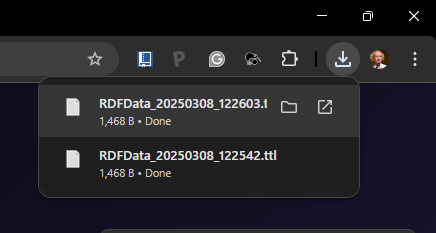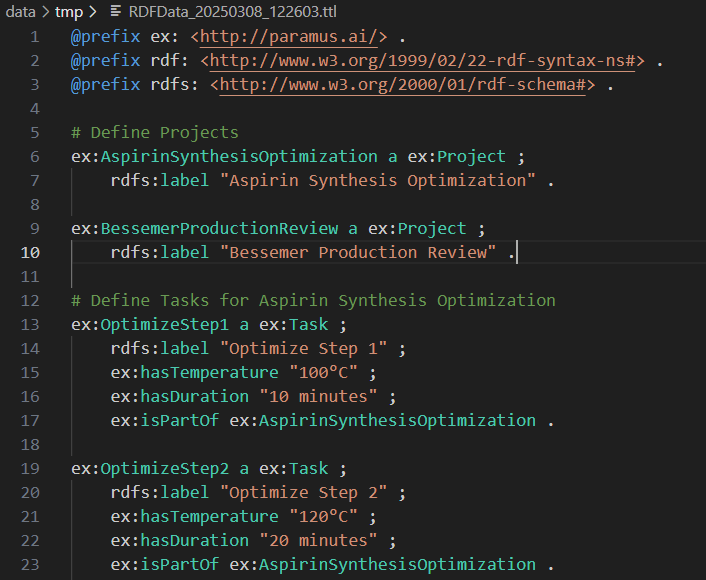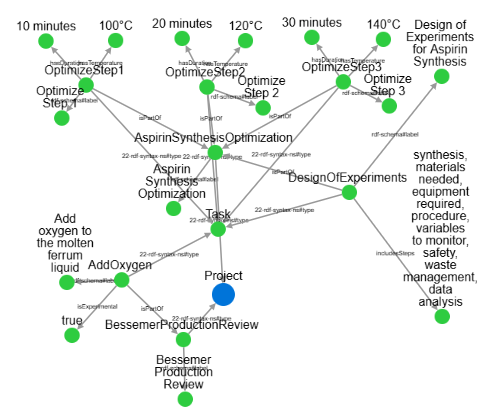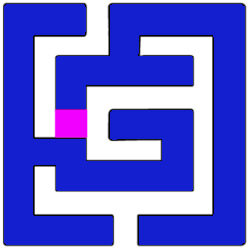Generate Knowledge Graph Data (User)
Convert your chemical knowledge into Symbolic Information
(RDF formated …) knowledge is crucial for developing knowledge graphs (KG) in enterprise context as well as for and symbolic AI-driven language models (LLMs). This enables structured learning from actual user interactions.
By leveraging knowledge graphs, AI can identify relationships, infer context, and enhance their ability to generate accurate and meaningful responses. In chemistry, this ensures that LLMs can better interpret complex queries by linking concepts through symbolic representations.
In the Paramus system creating RDF data begins with collecting historical chat interactions, which serve as nodes and edges within the graph structure. These chat logs provide real-world examples of user interactions, capturing semantic relationships, ontologies, and domain-specific knowledge. By integrating these structured data representations, the system enhances contextual understanding and ensures precise, explainable responses.

The process of creating training data in Paramus involves using a language model to generate concise prompt-completion pairs from the chat history.

These pairs are formatted in RDF Turtle and consist of a subject (the user’s query), a predicate (the interaction type), and an object (the system’s response). By structuring the data in this way, relationships between queries and responses are explicitly defined. All entries of the chat are concluded.

Example for upload into enterprise knowledge graph (KG)
Once your RDF Turtle file is ready, you upload it to an enterprise knowledge graph (KG) or repository using a SPARQL endpoint or a dedicated graph database interface. For example, if using GraphDB, Blazegraph, or Virtuoso, you can upload the file via their web UI or command-line tools:
curl -X POST -H "Content-Type: text/turtle" --data-binary @your_file.ttl http://your-graphdb-server/repositories/your-repo/statements
After uploading, you can query and integrate the data using SPARQL queries. The knowledge graph processes the RDF triples, making them available for retrieval, inference, and symbolic reasoning.
Paramus INFINITE ∞ will allow directly to submit to a neo4j repository as well as a direct visualization window:

